The most important lesson I learned from 35 years of research trips is to check for hours of operation at various venues: eg town halls, libraries, historical societies.
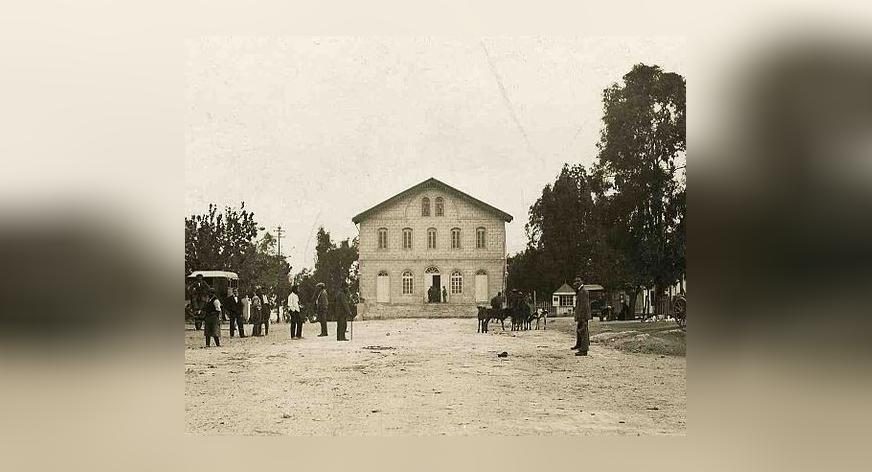

Contributing author Schelly Talalay Dardashti is the US Genealogy Advisor for MyHeritage.com
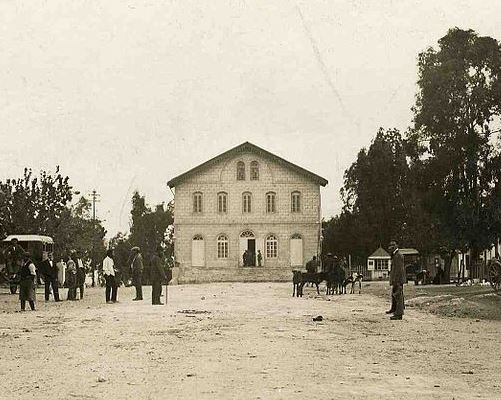 Are you planning a family roots trip in the future? If so, it’s time to make plans.
Are you planning a family roots trip in the future? If so, it’s time to make plans.
Whether you stay at home or plan an international trip, the basics are the same: Decide where you are going and what information you would like to find. Contact local historic or genealogical societies in the area for more information, and see below for even more suggestions.
Make a list of your names of interest and the towns your ancestors lived in. Try to group the towns regionally, by a particular geographic area. If this is an ambitious trip, you may want to make several groupings of towns.
A good way to put everything into perspective is to get a big map of the region you are planning to explore. Go to your local office supply store and pick up a few packages of colored transparent removable adhesive dots – they come in all sizes. Using the transparent ones mean you won’t cover up important information.
Color-code your map. For example, put a red dot for the town, a blue dot for the cemetery, a yellow dot for archives, courthouses or libraries, and a green dot for possible accommodations. Use other colors for restaurants or other landmarks.
And, if your family is coming with you, mark sites they would like to visit with you or on their own, while you are digging through archives and cemeteries. Pay attention to fun places like water parks, amusement parks, a beach, music festivals or childrens’ museums. Remember that cemeteries are not high on other people’s must-see lists.
In this small example, around Springfield, Massachusetts (where a branch of my family settled) the reddish rectangles are towns the family lived in. The blue rectangles are places of family fun. Pittsfield is near Tanglewood’s music festival, while Sturbridge is home to an open-air museum which recreates life as it was, complete with artisans in period dress.
Once you’ve got the regional map marked, you an easily see where the important genealogical target sites are located. Connect the lines and figure out distances. Look for accommodations central to several sites or one town from which you can easily reach a few others.
You may also be looking for new-found living relatives or attempting to re-connect with long-lost relatives. Contact relatives in the area you will be visiting. They might even invite you to stay with them, or for a meal! But do let them know far in advance.
I’ve had two experiences with this, both on the visiting and being visited ends of this issue.
I had located distant relatives in another country and sent numerous letters, all went unanswered. At that point, I sort of gave up … until one day the doorbell rang and I heard, “We’re your cousins!” I was really happy that they showed up and we had a good time for a few days. But, in general, it is better to give the relatives some advance notice. They might not be home!
When our daughter was looking at colleges, I contacted a cousin in a town near several schools of interest. She invited us to stay with her and even loaned us a car to make several day trips. We met other cousins who lived nearby and had a very pleasant and productive stay.
But that takes planning!
If planning a European – and especially an Eastern European trip – there are other things you can and should do – but I also advise beginning with a big map.
Here are more suggestions:
- Contact genealogical and historical societies for those countries as well as, for example, the North American ethnic heritage societies, such as the Polish Genealogical Society of America, or the many country resources at JewishGen.
- Learn which archives may be useful to your research. Find out if help (translators, guides) is available if you don’t know the language.
- Learn if a guide is advisable and ask for recommendations in the area where you will be traveling. Will you need to rent a car and driver? Is there reliable public transport?
- Ask questions on genealogy blogs, discussion groups, and more to find people who have already taken the trip you are planning. Ask them for more suggestions and recommendations.
- Write to the town’s mayor advising the dates of your visit and your ancestors’ names. Ask if families of the same name still live in the area. Make sure to visit the town archives, city hall and religious institutions, where you may find ancestral documents. Mayors and their offices can be of great help to your research in small towns and villages. Remember to bring a souvenir of your hometown for the mayor!
- Don’t forget to check historic newspapers no matter where you travel for mention of your families.
Have you done a roots trip? What is the most valuable thing you’ve learned? What was the most important thing you brought? Do you have any tips for others planning a trip? We look forward to reading your comments.
Here are some suggestions for research and roots travel tips at many genealogical and historical societies and associations.
RESOURCES
Cyndi’s List – Alphabetical or search by country) – Hundreds of listings, many worldwide.
Federation of Genealogical Societies – Search by geographic categories, the majority are North American.
Some specific examples:
American-French Genealogical Society
Polish Genealogical Society of America
International Association for Jewish Genealogical Societies (worldwide Jewish genealogical societies)
Czechoslovak Genealogical Society, International
Italian Genealogical Society of America
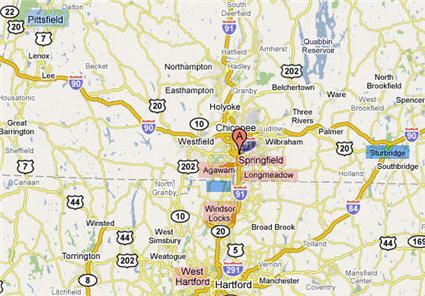


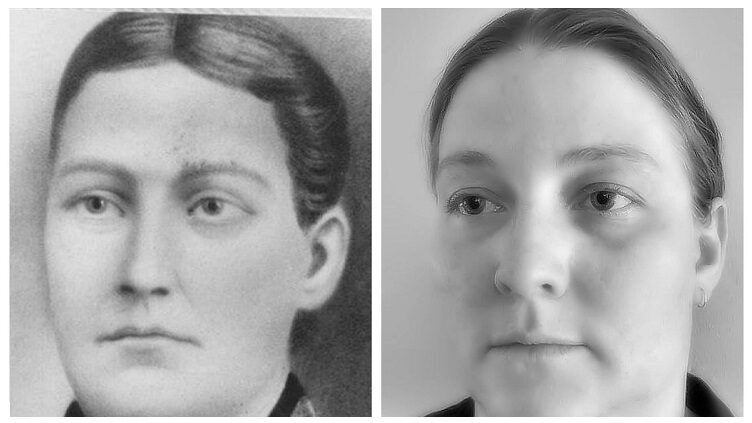
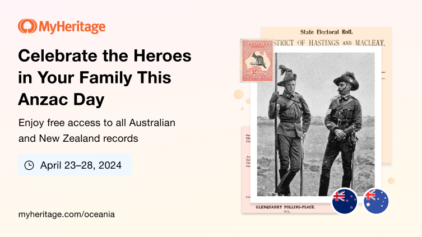




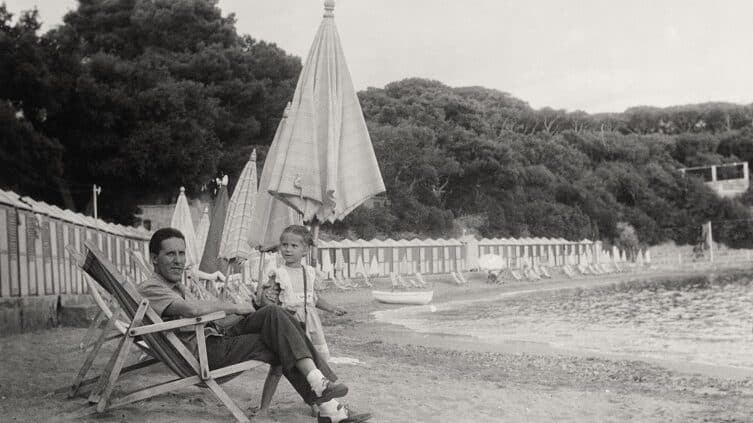

Lyn Bagley
June 19, 2015
I am organizing a trip to Denmark and staying in Copenhagen and like you am in the midst of writing letters to younger Sparre’s as most of the sites on My Heritage are ancestors back in the 17 and 18th Century and a lot further back. I am trying to get in contact with Sparre of this era though most are too young to be doing their family tree but their family might. I found your information so very helpful and thankyou very much.
Kind Regards Lyn Bagley nee Sparre